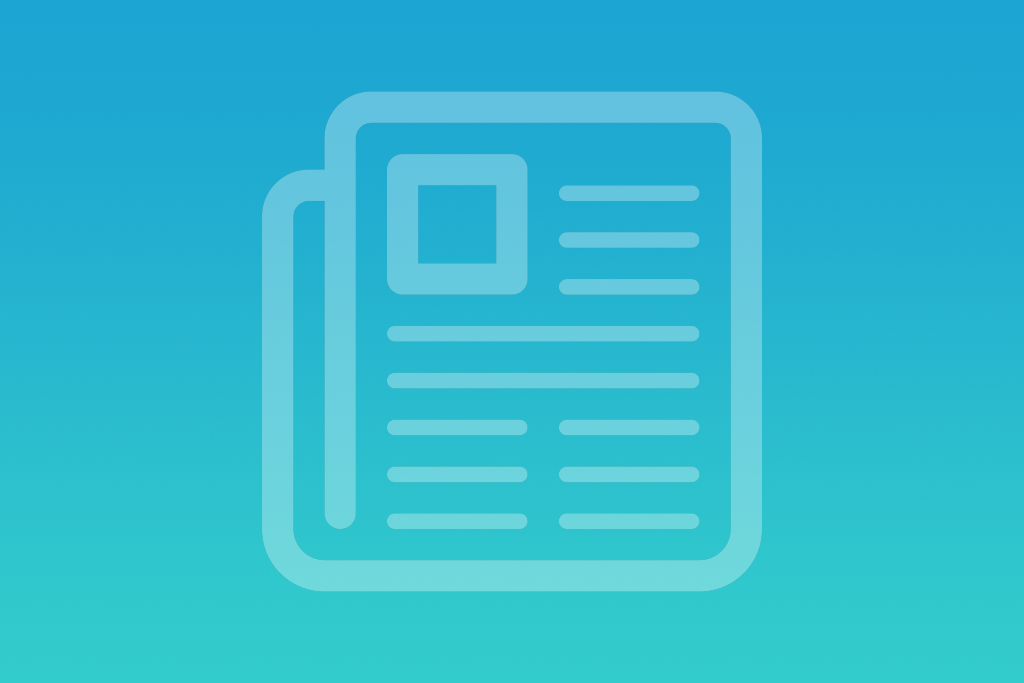
Consider These Stakeholders When Launching Your Library’s Mobile App
Most librarians would agree on the importance of recognizing the needs and desires of stakeholder groups before instituting large-scale changes to the library, its programming and its offerings. The same is true when you’re considering a mobile app for your library. There are many benefits to including the right stakeholders throughout the process of planning, implementation, maintenance and improvement. By listening to the interests and concerns of all involved parties, you can garner interest among potential supporters, provide a solution that satisfies all users and increase your app’s success.
It can be difficult to determine who the right stakeholders are when implementing a mobile library app because the populations you work with are diverse. Consider the individuals or groups who might affect, or be affected by, the introduction of an app for your library. As a guide, the following are the common groups you’ll want to take into account when launching your library app.
Include Active Library Patrons in Your Library App Launch
Patrons are the most obvious and important stakeholder group when it comes to launching a library app. These are the people who will use the app to search your catalog, reserve materials, check on the status of their accounts, sign up for upcoming events and more. The individuals and groups who already engage with the library and its offerings are easy to reach and are often willing participants in the planning and development of library tools and resources.
You can include them in the following ways:
- Use surveys to determine how your patrons would like to use the app. Consider setting up a comment form on your library’s website to collect feedback or ideas. What kinds of services would patrons like to access remotely? How do they see the app improving the services and resources they already receive from the library?
- Blog about your library’s app. Do this early and often, and be sure to promote these updates on your social media accounts and in your library’s newsletter so patrons feel like they can reach out to you with questions and comments. After all, it’s their app!
- Conduct focus groups and usability tests. You can ensure that patrons can easily find what they’re looking for in the app by gaining an understanding of how they approach using the app.
Keep in mind that soliciting feedback from your patrons is only helpful if you take their suggestions and usage patterns and apply them to how you configure your app (i.e., depending on usage, what should you make more prominent on your app, your catalog or your events?).
Their usage patterns will also inform how you market your app and how you train your staff to assist patrons with its use. Your marketing should focus on the value patrons have expressed about the app and its features, as well as the pain points it addresses for them. Is it difficult to search your catalog through the browsers on their phones even though your website is responsive? Make that a prominent message in your marketing and explain how your app solves that problem for them.
Involve the Community at Large
One of the most overlooked stakeholder groups is the community at large. These are individuals and groups who aren’t patrons or don’t actively engage with the library but would benefit from the library’s offerings.
You’re already taking a giant leap toward transforming these potential patrons into library supporters by launching an app. This key piece of technology offers new ways to interact with the library and its services and helps you reach individuals outside the library’s walls. But how can libraries promote and market an app to detached or isolated audiences?
It’s a puzzle, but not an impossible one. Consider identifying “influencers” — individuals or organizations with large audiences and a reputation for trustworthiness — who can help you make your app visible to the greater population. Look for organizations within your community that are likely to reach larger or underserved populations, such as community centers, public health centers or restaurants.
Focus on Administrators, Librarians and Library Staff
Library administration, staff and librarians are just as important as patrons when it comes to stakeholder influence. And there is bound to be a diversity of viewpoints and priorities; management and administration will likely take a big-picture view, while staff will have a perspective rooted in patrons’ usage of library services and technology. Staff and administrators will also be using the app to assist patrons and analyze usage data. To include all of these use cases and perspectives:
- Be prepared when engaging upper levels of administration. Speak confidently and knowledgeably about the objectives of the app and your plans for rollout. Expect to answer questions regarding why the app is important to justify spending, how other libraries have developed and promoted apps and how the app will improve the existing services the library provides.
- Invite staff and administration to offer input on the app. Do this throughout the implementation process, just as you would with patrons. Consider hosting brainstorming sessions, or set up a comment form on your library’s intranet. Invite librarians, staff and administrators to test beta versions of the app, focusing not just on the patron experience, but also on the administrative workflows they’ll need to follow to manage the app moving forward.
- Keep staff and administration in the loop. Announce app progress at meetings with library staff in order to keep the project front of mind.
By keeping staff and administration informed and encouraging their input, you increase their sense of ownership as well as the likelihood of the long-term success of the app.
Each stakeholder group in your library will have a unique perspective to offer when it comes to launching an app. Patrons, future patrons and staff will all be using the app and will be great sources of support for this new technology if they feel like their voices are being heard and their needs are being met.



